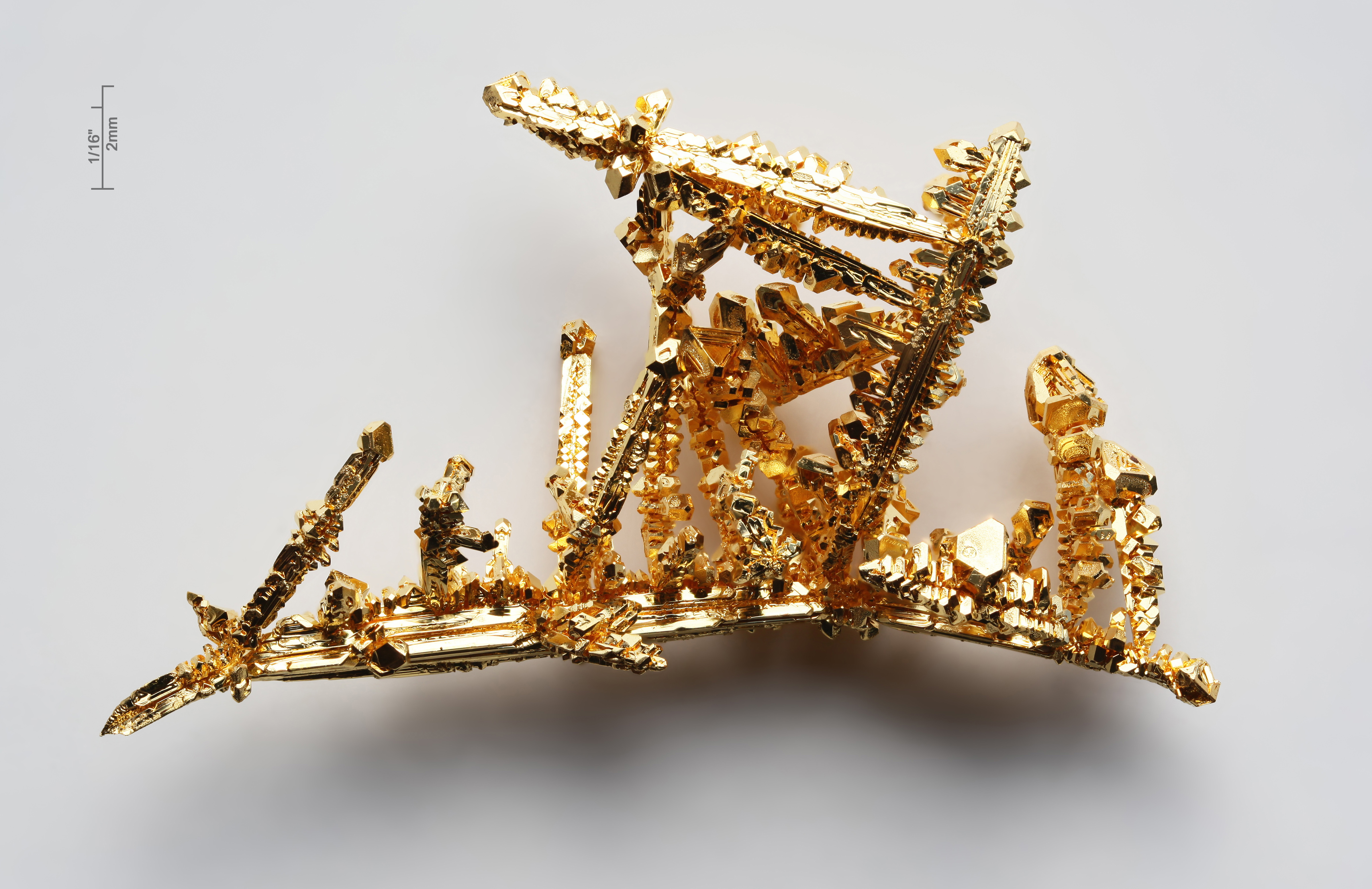
Introduction to Gold as an Investment
Investing in gold has always been a shining opportunity for those seeking stability in an unpredictable financial world. With its rich history and undeniable allure, gold has captivated investors for centuries. But what exactly drives the price of this precious metal? Why does it fluctuate so dramatically? Join us as we delve into the golden dilemma and explore the factors that influence the ever-changing price of gold. Whether you’re a seasoned investor or simply curious about this glittering commodity, this article will provide valuable insights into the fascinating world of gold and its enigmatic pricing patterns. So grab your magnifying glass and get ready to uncover the secrets behind one of mankind’s oldest obsessions!
Visit: https://zlatnistandard.rs/blog/gram-zlata-cena-u-srbiji/
Historical Trends of Gold Prices
Throughout history, gold has been a symbol of wealth and power. Its allure spans across civilizations and continents, captivating the hearts and minds of both individuals and nations alike. The price of gold has not been immune to the ebb and flow of time; it too has experienced its fair share of ups and downs.
Looking back at the historical trends of gold prices, one can see a rollercoaster ride that reflects the ever-changing economic landscape. From ancient civilizations using gold as currency to the Gold Rush in California during the 19th century, there have been numerous pivotal moments that have shaped the price trajectory.
During times of economic uncertainty or geopolitical tensions, investors often flock to this precious metal as a safe haven asset. This increased demand for gold can push up its price considerably. Conversely, when economies are thriving and confidence is high in other investment options such as stocks or real estate, we may see a decline in demand for gold leading to lower prices.
One notable period in recent history was during the global financial crisis in 2008. As stock markets plummeted and fear gripped investors worldwide, many sought refuge in gold which consequently led to a surge in its price. Similarly, more recently during the COVID-19 pandemic where uncertainty reigned supreme, we witnessed another spike in gold prices.
However, it’s important to note that while historical trends provide valuable insights into past patterns, they cannot guarantee future performance. Many factors come into play when determining the price of gold – from supply and demand dynamics to central bank policies and even changes in consumer preferences.
As we navigate through an ever-evolving world economy with new challenges arising each day – whether it be inflation concerns or technological advancements – understanding these historical trends can serve as a compass but should never be taken as gospel.
In conclusion (sorry!), studying historical trends gives us glimpses into how various events have impacted the fluctuating price of gold over time. It allows us to gain a deeper understanding of the factors at play and provides valuable insights for investors looking
Factors Affecting the Price of Gold
Understanding the factors that influence the price of gold is crucial for investors and enthusiasts alike. While historical trends can provide some insights, it’s important to consider the present dynamics as well. Here are a few key factors that affect the price of gold:
1. Global Economic Conditions: The state of the global economy has a significant impact on the demand and value of gold. During times of economic uncertainty or downturns, investors often turn to gold as a safe haven asset, driving up its price.
2. Inflation and Currency fluctuations: Gold is often seen as a hedge against inflation since its value tends to rise when paper currencies lose purchasing power. When inflation rates increase or when there are currency fluctuations, demand for gold usually rises.
3. Central Bank Policies: Central banks play a crucial role in influencing the price of gold through their monetary policies. Changes in interest rates, quantitative easing programs, or buying/selling decisions by central banks can have an impact on supply and demand dynamics, thus affecting prices.
4. Geopolitical Events: Political instability, conflicts, or geopolitical tensions can also drive up demand for gold as investors seek refuge from uncertain situations. These events create an atmosphere where traditional investments may become volatile or unpredictable.
5. Investor Sentiment and Speculation: Like any other investment market, sentiment among investors plays a significant role in shaping the price movements of gold. Positive investor sentiment towards gold can lead to increased buying activity and higher prices.
6. Technological Advances: The industrial sector accounts for a considerable portion of annual global gold consumption due to its use in electronics manufacturing and other applications. Technological advances that increase demand within this sector can contribute to increases in the price of gold.
7. Mining Production Levels: Supply-side factors such as mining production levels can also impact prices over time.